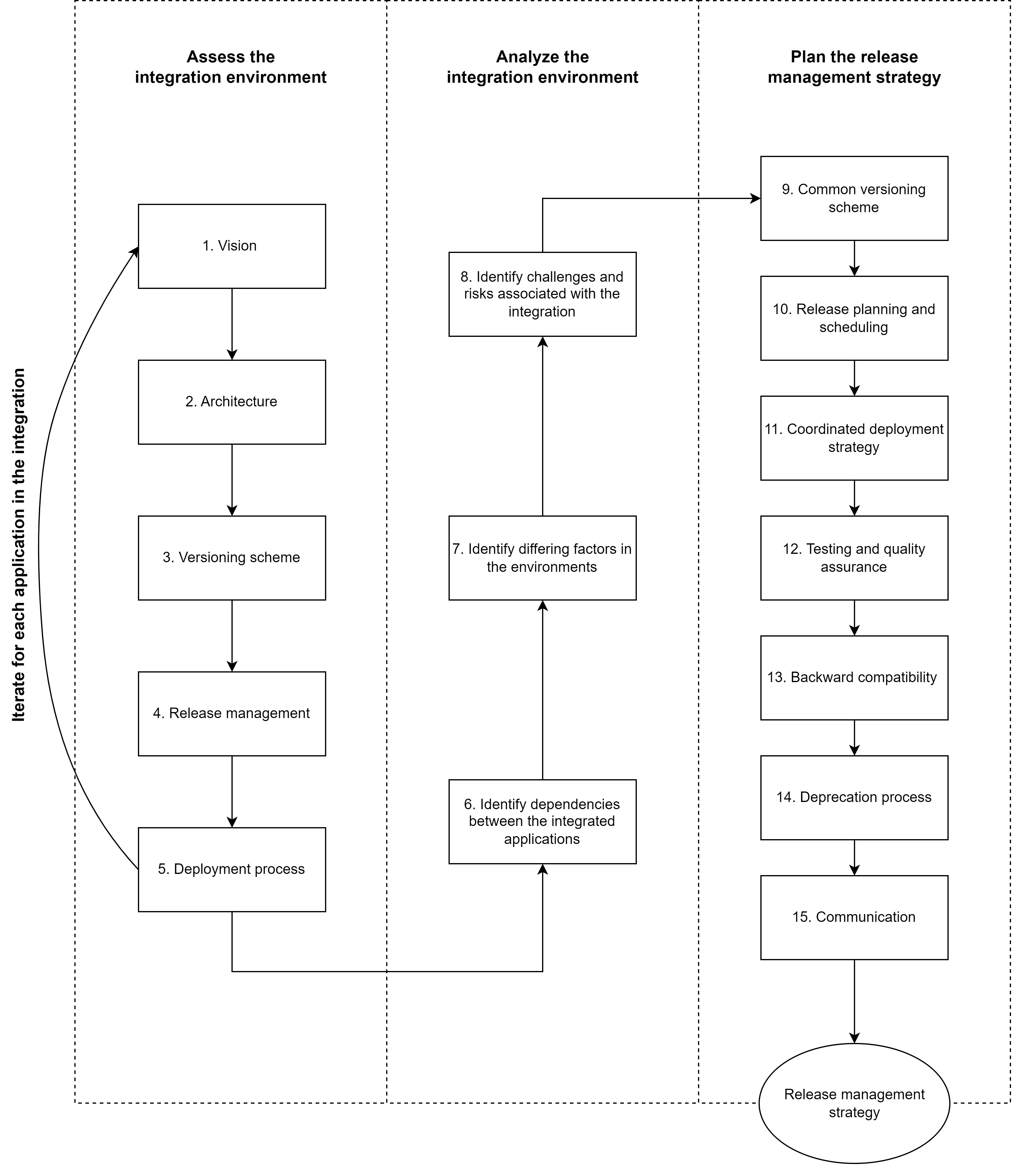A framework for release management planning in application integration
Vertex Systems have always offered Master´s Thesis opportunities to university students to support their academic and professional qualifications. There are more than 40 Master´s Theses completed for Vertex during the years. The research results are implemented in our product development to provide cutting-edge software solutions for our customers.
In the “My Master´s Thesis Journey” blog series, our young professionals tell about their Master´s theses and what they have learned and accomplished during the journey.”

Background
My journey at Vertex Systems began in May 2021 after completing two years of studies in Software Engineering. Since then, I have continued my tenure at Vertex Systems while simultaneously concluding my Software Engineering studies. Vertex Systems has consistently supported my academic pursuits since I began my journey with them. In the spring of 2022, I accomplished my first educational milestone by finalizing my Bachelor’s thesis, which focused on integrating Microsoft 365 into Vertex Systems’ new cloud platform, Vertex Sync. Barely a year later, I had the opportunity to initiate my Master’s thesis.
Together with our CTO, we initiated the process of identifying potential thesis topics that would align with my studies and also bring value to Vertex Systems. Given that I major in Software Product Management and Business, our primary goal was to find a topic that integrates both technical and business aspects. After a series of meetings and various topic suggestions, we decided that the topic would revolve around the integration of Vertex BD and Vertex Sync.
The integration of Vertex BD and Vertex Sync presents significant challenges in release management due to notable differences in release cycles, versioning, architectures, and deployment strategies between the applications. Initially, the idea was to address these challenges by crafting release management guidelines for the integration that would ensure sustainable compatibility upkeep. However, after consulting with my university supervisor, it became evident that this approach might lack the necessary academic depth. As a result, the topic underwent further expansion, culminating in its final form as “A framework for release management planning in application integration”.
So, in the end, the goal was to create a generalizable framework for release management planning in the context of application integration which would produce the needed academic
value of the work. This framework would then be utilized for the integration of Vertex BD and Vertex Sync to address the identified challenges in their release management.
The framework
The process of creating the framework commenced with a literature review aimed at identifying common best practices and challenges in release management. While the availability of research exclusively dedicated to release management in application integration was limited, broader studies were found that could be adapted to suit the context of this thesis.
After mapping out the best practices and challenges it was time to assess the unique environment of the Vertex BD and Vertex Sync. This assessment resulted in a set of requirements that needed to be addressed in the framework. Utilizing these requirements alongside the insights from the literature, the framework began to take shape. Figure 1 illustrates the graphical representation of this framework.

Figure 1. A graphical representation of the framework.
The framework provides a step-by-step approach for planning release management in application integration. It consists of three main phases that are illustrated as swim lanes:
- Assess the integration environment
- Analyze the integration environment
- Plan the release management strategy
The phases and their sub-phases adhere to a sequential order, with one exception: the first main phase needs to be iterated for each application in the integration.
The first step in the framework involves assessing the integration environment where the primary objective is to gather essential knowledge about each involved application. In the second step, this acquired knowledge is analyzed to identify dependencies and potential challenges inherent in the integration environment. Based on this analysis, the release management strategy for the integration is planned in the last phase. It should be noted that the term “release management strategy” does not refer to a full-fledged strategy, but rather it is a complementary set of guidelines that specifically addresses the release management challenges encountered in integration contexts.
Conclusions
The developed framework represented the academic contribution of the thesis, while its practical value to Vertex Systems was derived from applying this framework to the integration of Vertex BD and Vertex Sync. This involved analyzing and addressing the specific topic areas outlined as subphases from 9 to 15 within the framework. As a result, a detailed set of guidelines and recommendations was formulated to guide future release management of this integration. For further information regarding these guidelines, please refer to my thesis.
In the future, the developed framework will offer a systematic approach for planning release management within application integration scenarios. The guidelines, that were formulated by using the framework for the integration of Vertex BD and Vertex Sync, will be used as the backbone of the integration’s release management. The practical applicability of these guidelines will be assessed after the release of Vertex Sync in early 2024. Based on this assessment, potential modifications and refinements may be introduced. Additionally, if other CAD products are integrated into Vertex Sync in the future, the established guidelines will then guide the release management of these future integrations as well.
